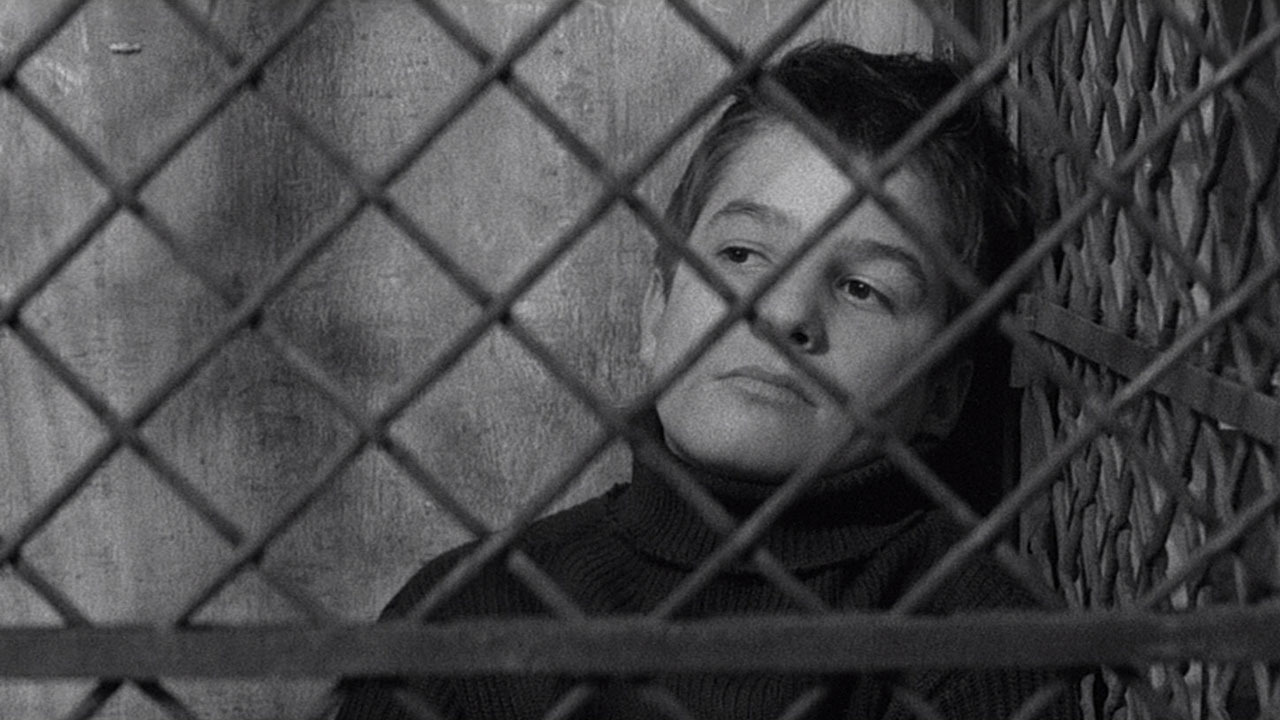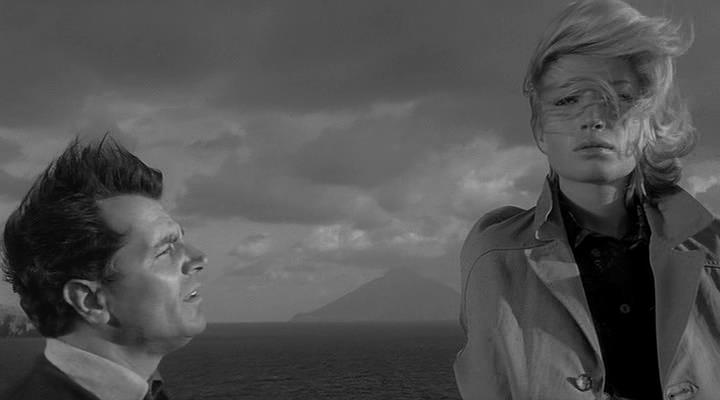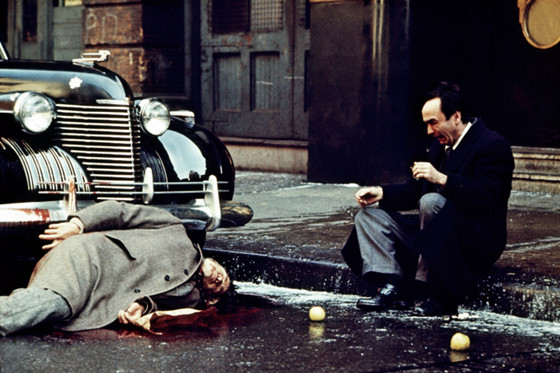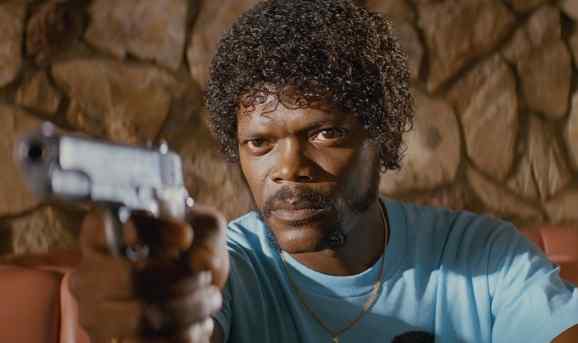6. The 400 Blows (1959)

Following Italian neorealism came the Nouvelle Vague, another movement that conjugated a new approach to cinema with the making of new films under a different production scheme. Around André Bazin congregated Jean-Luc Godard, Agnes Varda, Jacques Rivette and François Truffaut, among others.
These films were produced with the idea that film as an art form is the expression of a central artist: the director. It was the director who, with tone and language, conveyed his view of the world, thus the French youngsters started to make films with production schemes that gave them stylistic freedom.
Truffaut made one of the first films of the movement, “The 400 Blows.” The film tells the coming-of-age story of Antoine Doinel (Jean-Pierre Léaud), with a language that broke the conventions on film form of that time.
This film was one of the ones that started the rise of author cinema – a cinema that was not afraid of breaking conventions. This includes refusing to conclude a story and freezing the last frame instead, and thus, it was produced in the way the director needed in order to secure his freedom.
7. L’avventura (1960)

It was the time to break conventions under an authorial view of cinema and reality. One of the filmmakers who more strongly broke with these conventions was Michelangelo Antonioni with his film “L’avventura.”
Some traits of the classic narrative mode are the unity of character (a protagonist is established and conserved) and of action (a single story is introduced, developed and concluded). This traits are conventions that are expected to be seen when the viewer enters the theater. With “L’avventura,” Antonioni challenged this expectations.
The plot of the film is elusive and avoids any conclusions; some of the main characters stop appearing after the first half of the film and for the rest of the film a new story is set. This was indeed a subversive narrative style, which challenged the viewer who had certain expectations.
Thus, the film contributed in creating a new relationship between the viewer and films that answered to a new kind of film, which started to challenge further and further narrative conventions.
8. Persona (1966)

Ingmar Bergman is an unavoidable reference when it comes to innovative filmmaking, but also when it comes to classic films. In a moment when the viewers were rooting for challenging films, one of the most sophisticated filmmakers of all made many of his masterpieces.
In 1966, Bergman, along with his close collaborators Bibi Andersson, Liv Ullmann, Gunnar Björnstrand, Sven Nykvist and Ulla Rygge, made one of their most challenging films in terms of form and language: “Persona.”
When Bergman finished the script for “Persona,” he explained that he did not see it as a traditional script but as a sheet of music that he and his collaborators would turn into a symphony. “Persona” is a film that has some traits of a traditional story, but is more an exploration of identity that leaves the viewer without any conclusion to hold onto.
It was a film made by experts on film form that were no longer subjects to film form conventions; instead they had completed control of it and could make films as complex as a piece of poetry.
9. The Godfather (1972)

After the revolution on film form that European cinema achieved, Hollywood became tied to the idea that it was an industry only interested in the manufacturing of commercial film with the only purpose of making as much money as possible. But then came the directors of New Hollywood; these directors had attended film school and studied the masters of world cinema.
These directors, such as Martin Scorsese and Steven Spielberg, had a more artistic and conscious conception of film form, but were also immersed in an industrial scheme that required their films to make lots of money and thus be massively seen.
One of the directors of this generation is Francis Ford Coppola, who in 1972 made “The Godfather.” Even though it is not the first film of the movement, it is indeed one of the most popular.
The film stars Al Pacino and Marlon Brando, was shot by Gordon Willis, and was proof that films with an authorial perspective could be made under the industrial scheme of Hollywood. Thus, the expectations for the viewers again started changing, and they started expected more challenging and complex films even coming from comfortable Hollywood.
10. Pulp Fiction (1994)

Approaching the end of the 20th century, the film form had been constantly challenged and the production schemes had been re-stated again and again, according to the necessities of each film.
The film that Quentin Tarantino had in his mind again required new production schemes and new narrative techniques. Tarantino needed artistic freedom to make film with a structure that will shock both audiences and critics. But the film also needed a considerable budget in order to pay for the stars and effects that were needed.
“Pulp Fiction” became the model for independent filmmaking, a way of making films that, while not depending on big studios, couldn’t be done under the austere conditions of Italian neorealism.
“Pulp Fiction” became a paragon of films that both retained artistic freedom and were thought to be seen by mass audiences. It was the start of films that were part of pop culture and also were part of Cannes Film Festival selections.